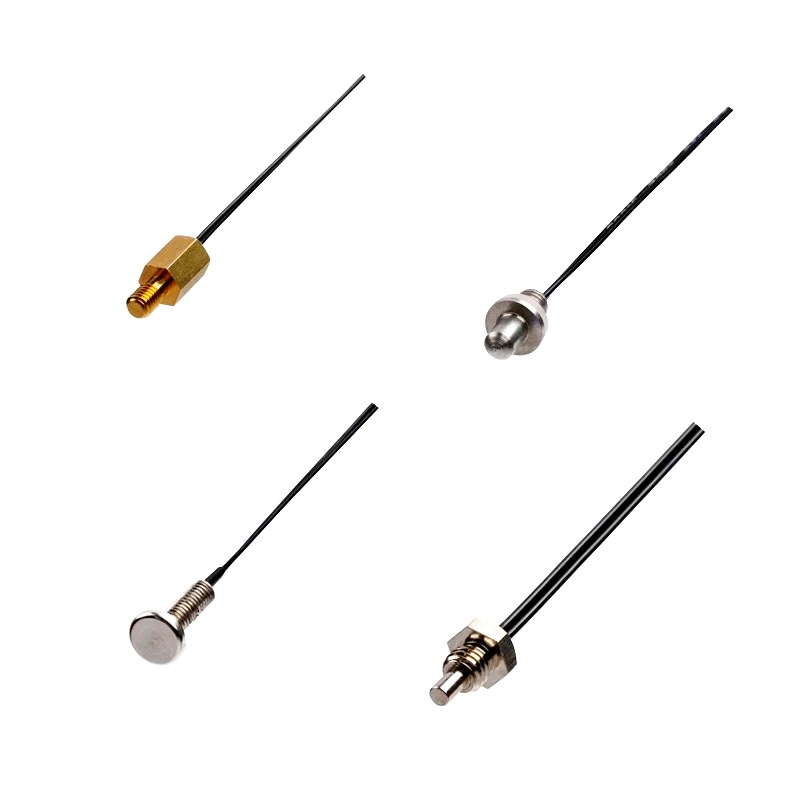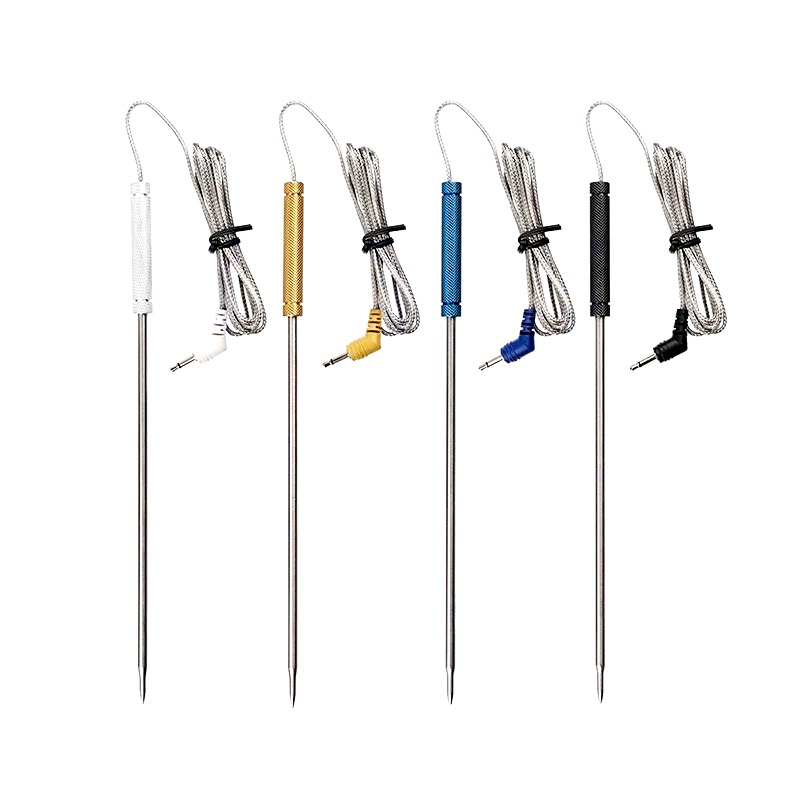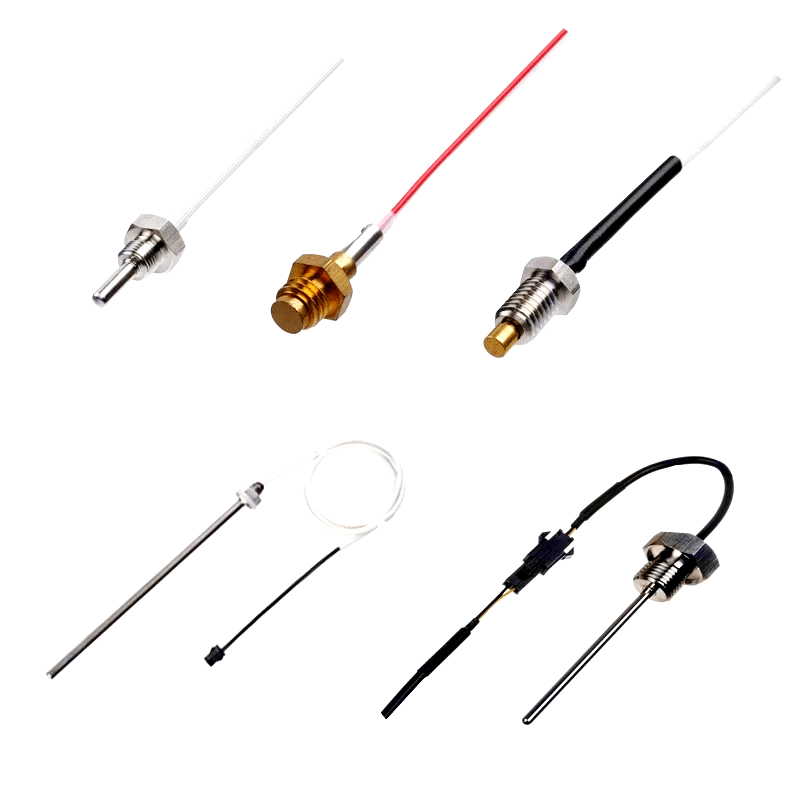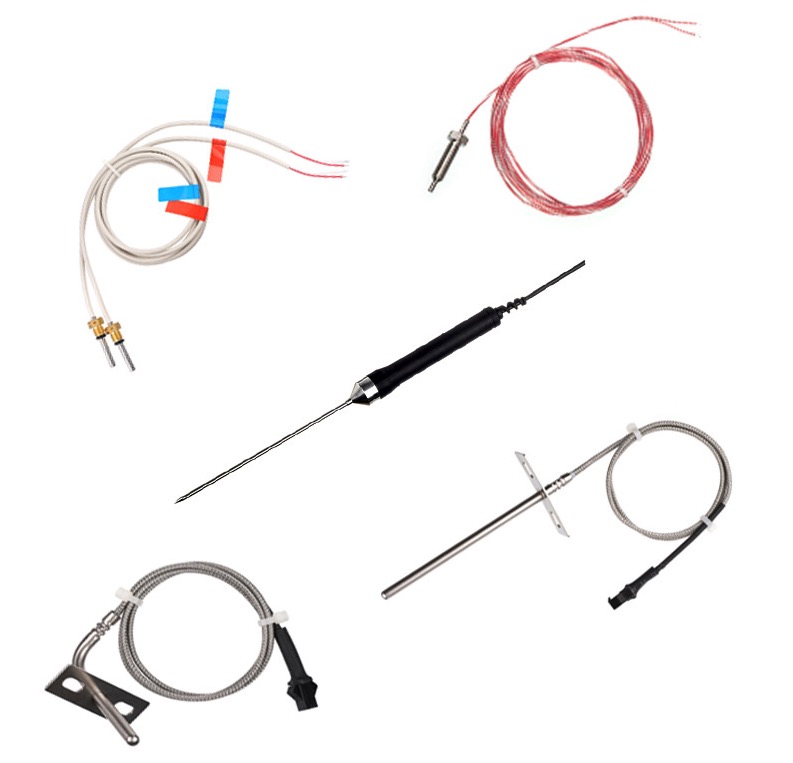
NTC Thermistor 5 Ohm: A Comprehensive Guide
NTC Thermistor 5 Ohm: A Comprehensive Guide NTC Thermistor 5 Ohm: A Comprehensive Guide Article Summary Introduction to NTC Thermistors Understanding Resistance and Ohm Application of NTC Thermistor with 5 Ohm Resistance Choosing the Right NTC Thermistor with 5 Ohm Resistance Introduction to NTC Thermistors NTC thermistors are widely used temperature sensors in various electronic applications. These devices exhibit a negative temperature coefficient, meaning their resistance decreases with increasing temperature. In this article, we will focus on NTC thermistors with a resistance of 5 ohms. Understanding Resistance and Ohm Resistance is a fundamental property of electrical components, including thermistors. It









